The consequences of a cyber-attack can be devastating, resulting in the loss of data, system downtime, and the erosion of consumer trust in cases where personal identifiable information has been compromised. Furthermore, the costs associated with recovering from a data breach can be financially crippling, with an estimated average cost of a breach reaching a staggering $4.45 million, according to IBM's Cost of a Data Breach 2023 report.
It is imperative for businesses of all sizes to adopt a multi-faceted approach in order to build their defenses and stay one step ahead of the evolving cyber threats. Below is a round-up of top 10 best cybersecurity practices of 2024.
1. Enforce the use of strong credentials & MFA
Roughly 80% of data breaches are due to poor password security. As such, it is crucially important to use strong, unique passwords that are long and complex, featuring letters, numbers, and special characters. Consider promoting the use of password managers to help employees securely store their passwords. You should also consider implementing multifactor authentication, which requires the user to input a special code after the correct password. MFA codes can be generated via automated text messages, authentication apps, or biometrics like face ID or a fingerprint scanner.
2. Carry out cybersecurity training
Cybersecurity awareness training is a crucial as it empowers employees to recognize and mitigate potential threats. A comprehensive cybersecurity training program should cover the fundamentals of cybersecurity, including information security and governance, threat and vulnerability assessment, and risk management. It should also educate employees on the importance of security controls, such as firewalls and antivirus software, as well as the relevance of cybersecurity frameworks. Additionally, understanding the consequences of non-compliance is vital in preventing cyber-attacks. By imparting this knowledge, employees can develop a sense of cybersecurity awareness, enabling them to make informed decisions and take proactive measures to protect the organization's digital assets.
3. Ensure that all software is regularly updated
The spread of the WannaCry ransomware attack in May 2017 was largely caused by organizations that had not updated their systems with the necessary security fixes. Many organizations were found to be using outdated Windows systems that had reached their end-of-life, highlighting the importance of regularly updating software and systems to ensure that any vulnerabilities are addressed in a timely manner.
4. Back up your most valuable data
Secure and reliable data backups are essential for organizations to maintain business continuity, minimize data loss, and protect their reputation. Regular backups prevent the loss of critical information due to hardware malfunctions, software errors, or human errors, and ensure that organizations can quickly recover from system crashes, ransomware attacks, or natural disasters. Additionally, proactive data backups save time and money in the long run by reducing the need for costly recovery efforts and minimizing financial losses.
5. Implement a Zero-Trust security model
The Zero Trust security model is a holistic approach to network security that rejects the traditional "castle-and-moat" approach, where anyone and anything inside the network is trusted by default. In contrast, Zero Trust requires strict identity verification for every person and device trying to access resources on the network, regardless of their location inside or outside the network. This means that no one is trusted by default, and verification is required from everyone trying to gain access.
6. Establish a Virtual Private Network (VPN) for remote workers
As remote work has become more prevalent, the importance of using a VPN (Virtual Private Network) has become increasingly clear. When working remotely, especially on public or unsecured networks, the risk of unauthorized access and data breaches is high. A business VPN ensures secure remote access to company networks, servers, and databases, allowing employees to access necessary resources while working remotely. Additionally, a VPN enables companies to grant access to specific resources, restricting access to sensitive areas. A VPN also facilitates secure collaboration and file sharing among remote teams, ensuring that sensitive documents are transmitted through an encrypted tunnel.
7. Pay more attention to API security
APIs are vulnerable to weaknesses in backend systems, malicious requests, and denial of service attacks, and can be used to scrape data or exceed usage limits. As APIs are used extensively in modern applications, particularly in microservices and serverless architectures, API security is essential to prevent these types of attacks. Unlike traditional security, API security requires the protection of multiple API endpoints with different protocols, and the ability to adapt to frequent changes in API requests. Additionally, API security solutions must be able to detect malicious traffic from non-browser clients, such as native and mobile applications, and exclude automated traffic from API endpoints.
8. Install An Intrusion Detection & Prevention System
Just as an airport's baggage and security check system ensures that only authorized individuals can enter and proceed with their travel plans, an intrusion detection and prevention system (IDPS) plays a crucial role in protecting networks and systems from unauthorized activity. By requiring a "ticket" or authentication, the IDPS controls access to the network, much like a boarding pass grants access to a flight. Once inside, the IDPS conducts rigorous security checks to prevent malicious traffic and policy violations from proceeding. What sets IDPS apart from an intrusion detection system (IDS) is its ability to not only detect and alert unwanted traffic, but also take proactive measures to prevent potential incidents.
9. Keep a close eye on third-party vendors
Third-party vendors, contractors, and partners play a crucial role in an organization's operations, but they can also pose significant security risks if not properly managed. Poor cybersecurity practices have become a major contributing factor to supply chain disruptions, making it essential for organizations to prioritize the risk management of these third-party entities.
The 2020 SolarWinds breach serves as a prime example of the devastating consequences of inadequate supply chain management. In this attack, nation-state hackers used a seemingly innocuous software update to deliver malware to over 30,000 organizations, compromising thousands of systems, networks, and data. The magnitude of this breach highlights the urgent need for organizations to vigilantly monitor and manage the security risks associated with third-party relationships.
10. Adopt a real-time threat monitoring solution
A cutting-edge real-time threat monitoring solution provides a comprehensive approach to data security by consolidating data visibility, access control, threat detection, and classification into a single platform. This streamlined approach enables organizations to proactively prevent data breaches and security threats through automated, real-time threat detection and sophisticated user behavior analytics, as well as seamless threat response workflows. Additionally, the most advanced real-time threat monitoring solutions offer hundreds of pre-configured compliance reports, ensuring that data security strategies align with numerous compliance mandates, including GDPR, HIPAA, SOX, and more.
By adopting these cybersecurity best practices, businesses can effectively safeguard their sensitive data and IT infrastructure, minimizing the risk of data breaches and other security incidents.
We list the best identity management software.
This article was produced as part of TechRadarPro's Expert Insights channel where we feature the best and brightest minds in the technology industry today. The views expressed here are those of the author and are not necessarily those of TechRadarPro or Future plc. If you are interested in contributing find out more here: https://www.techradar.com/news/submit-your-story-to-techradar-pro
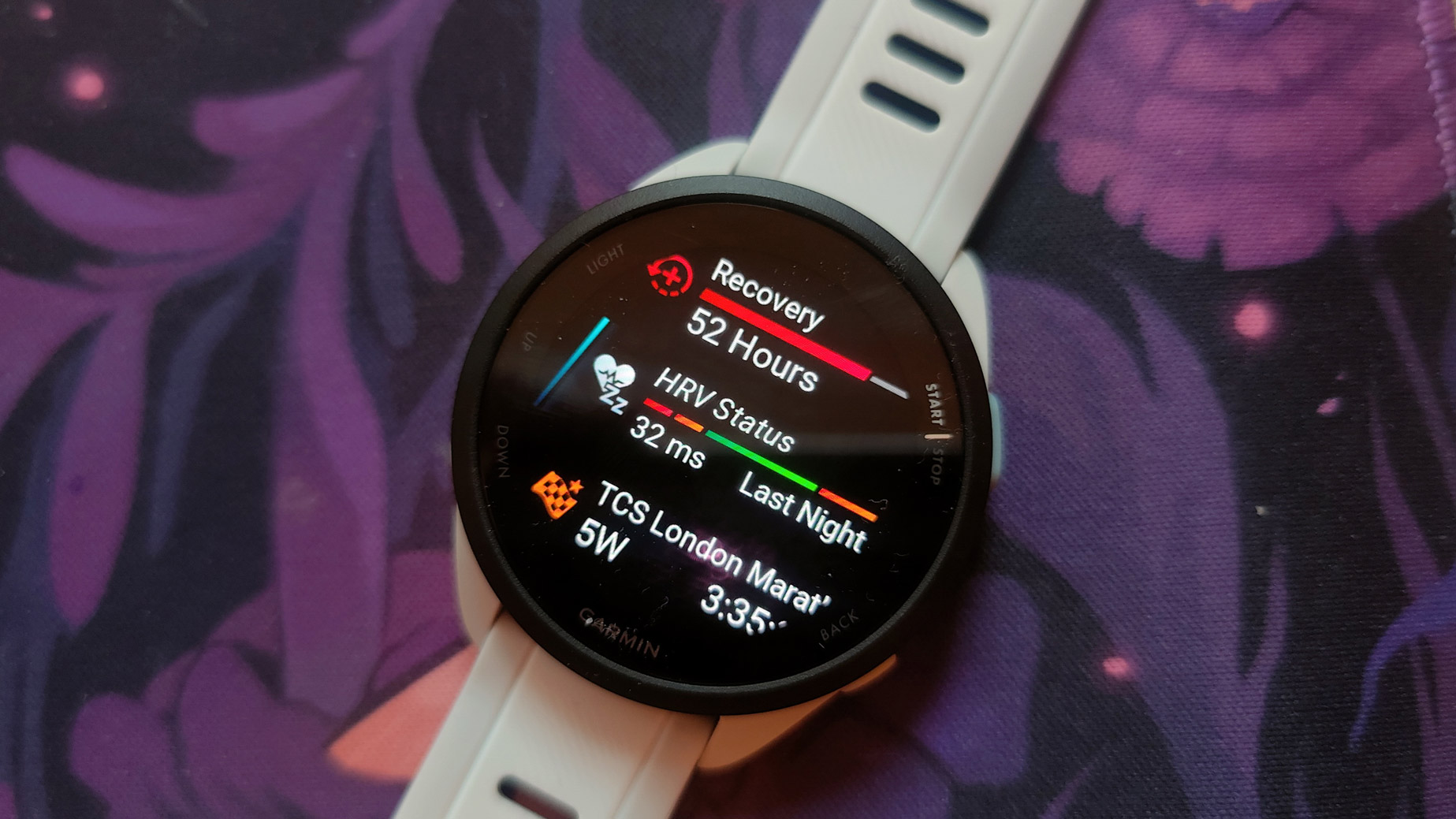
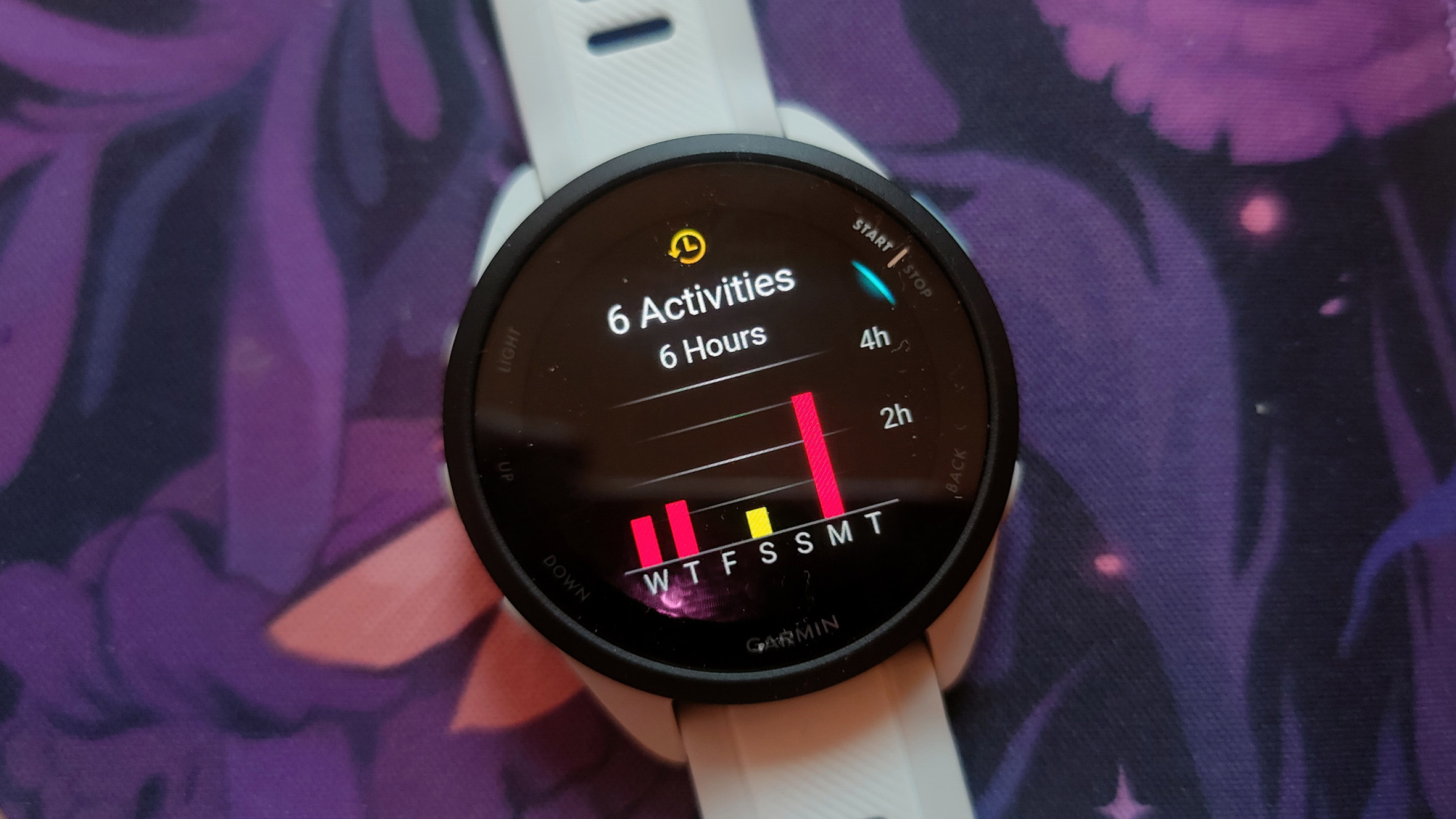
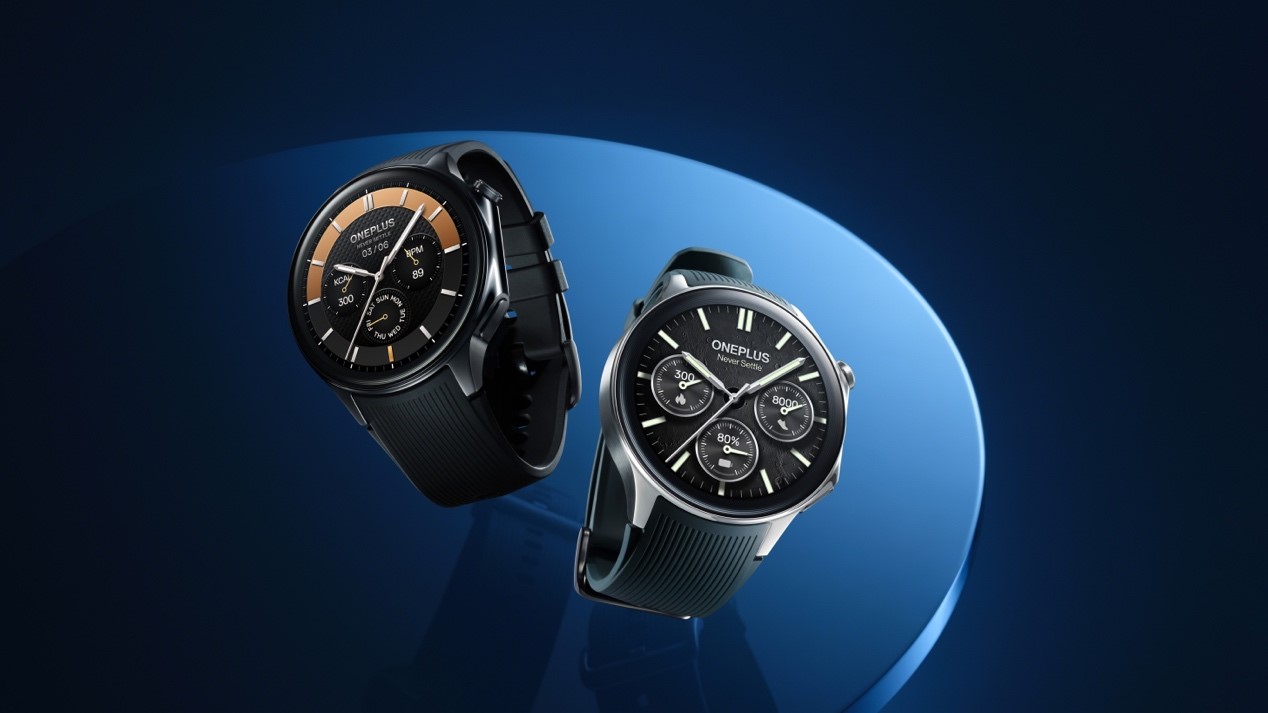
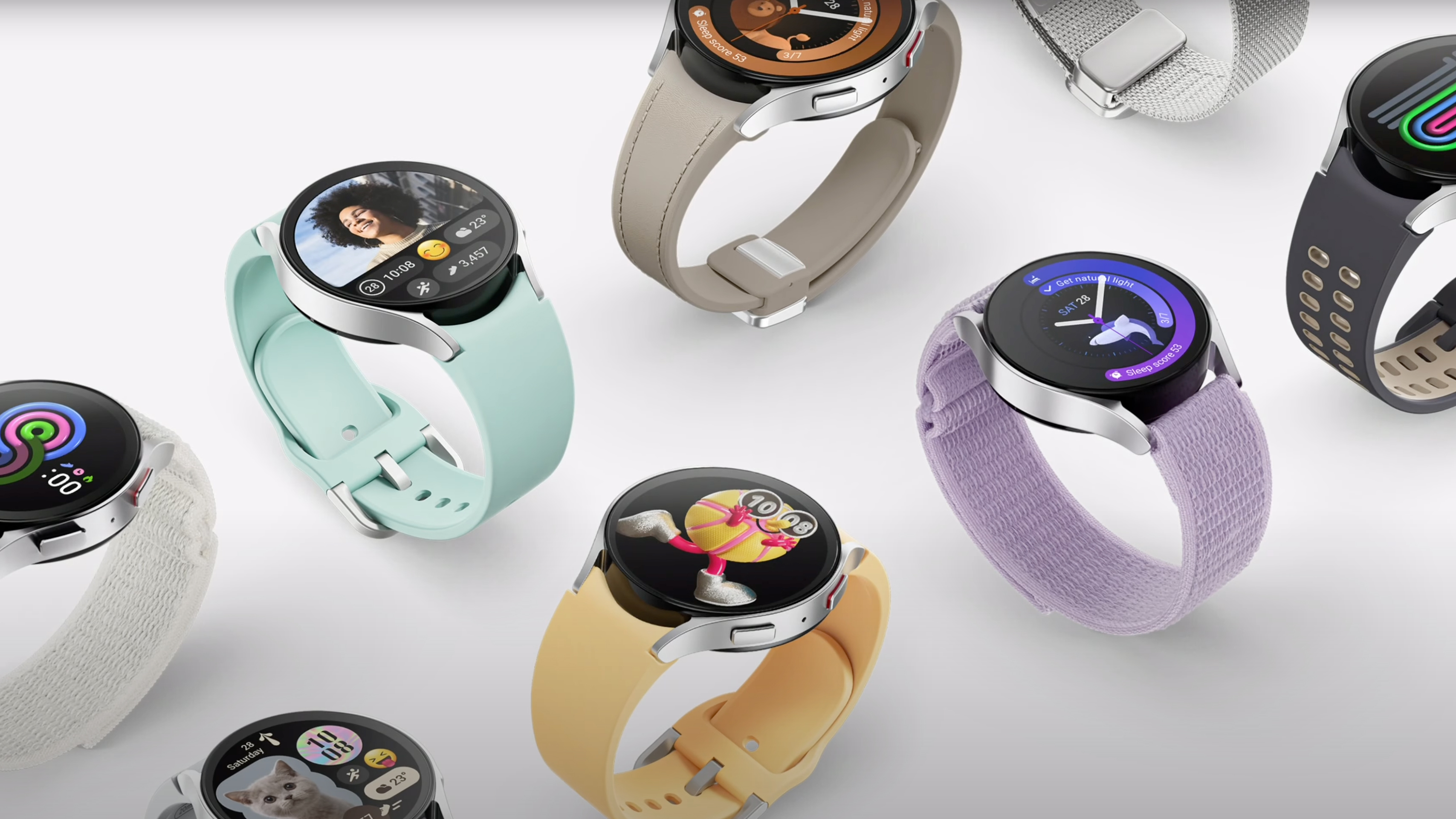
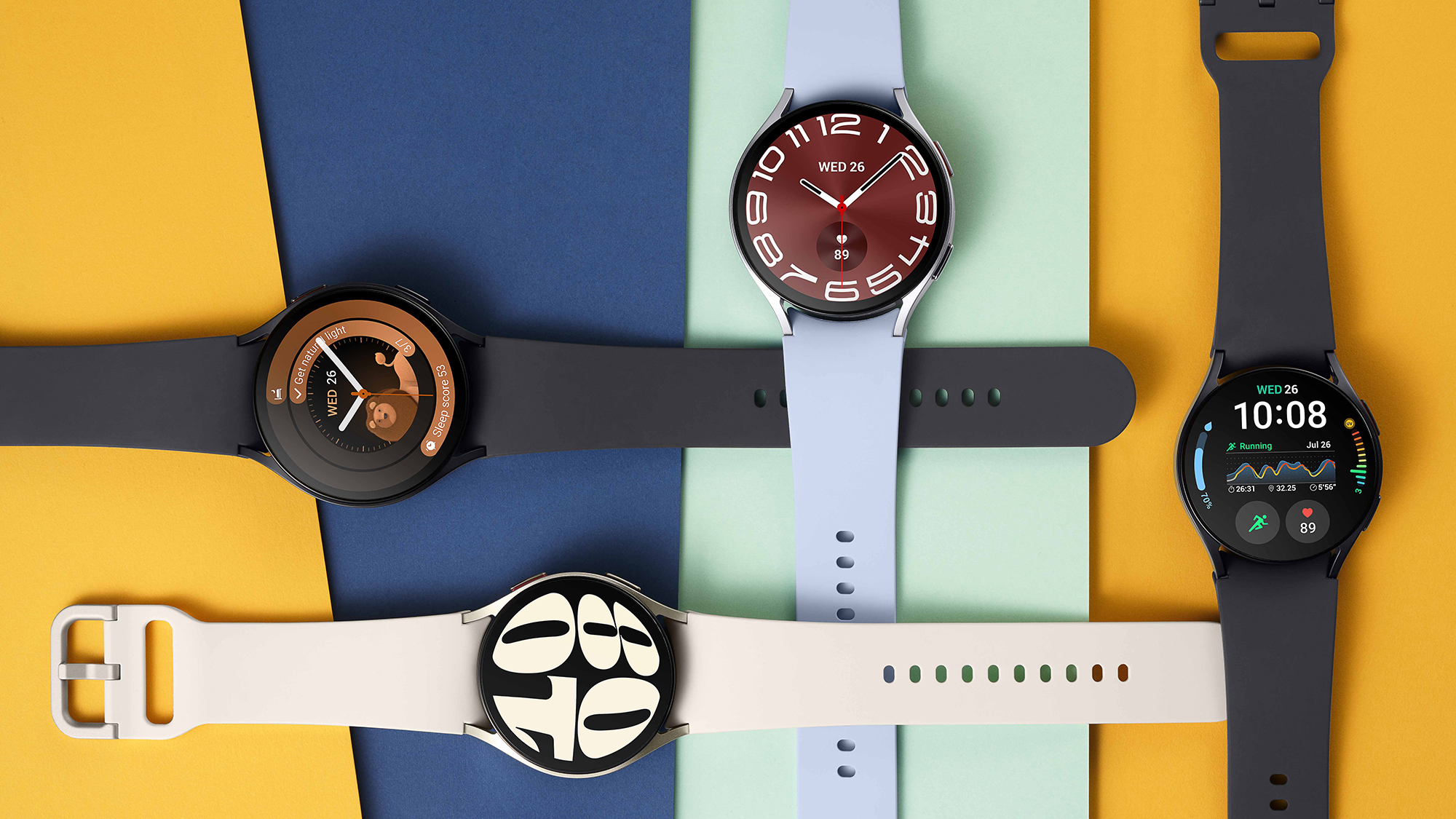
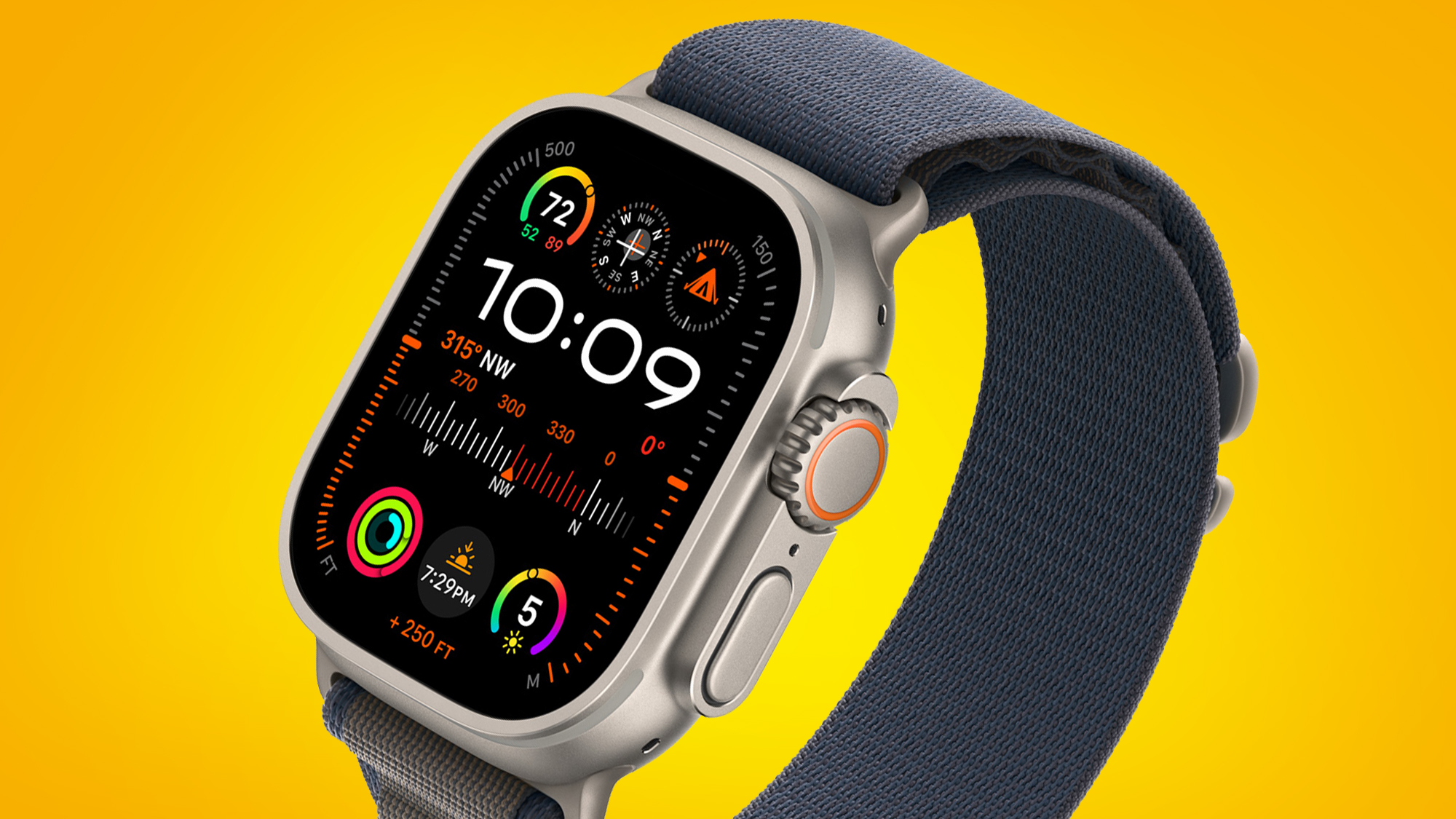
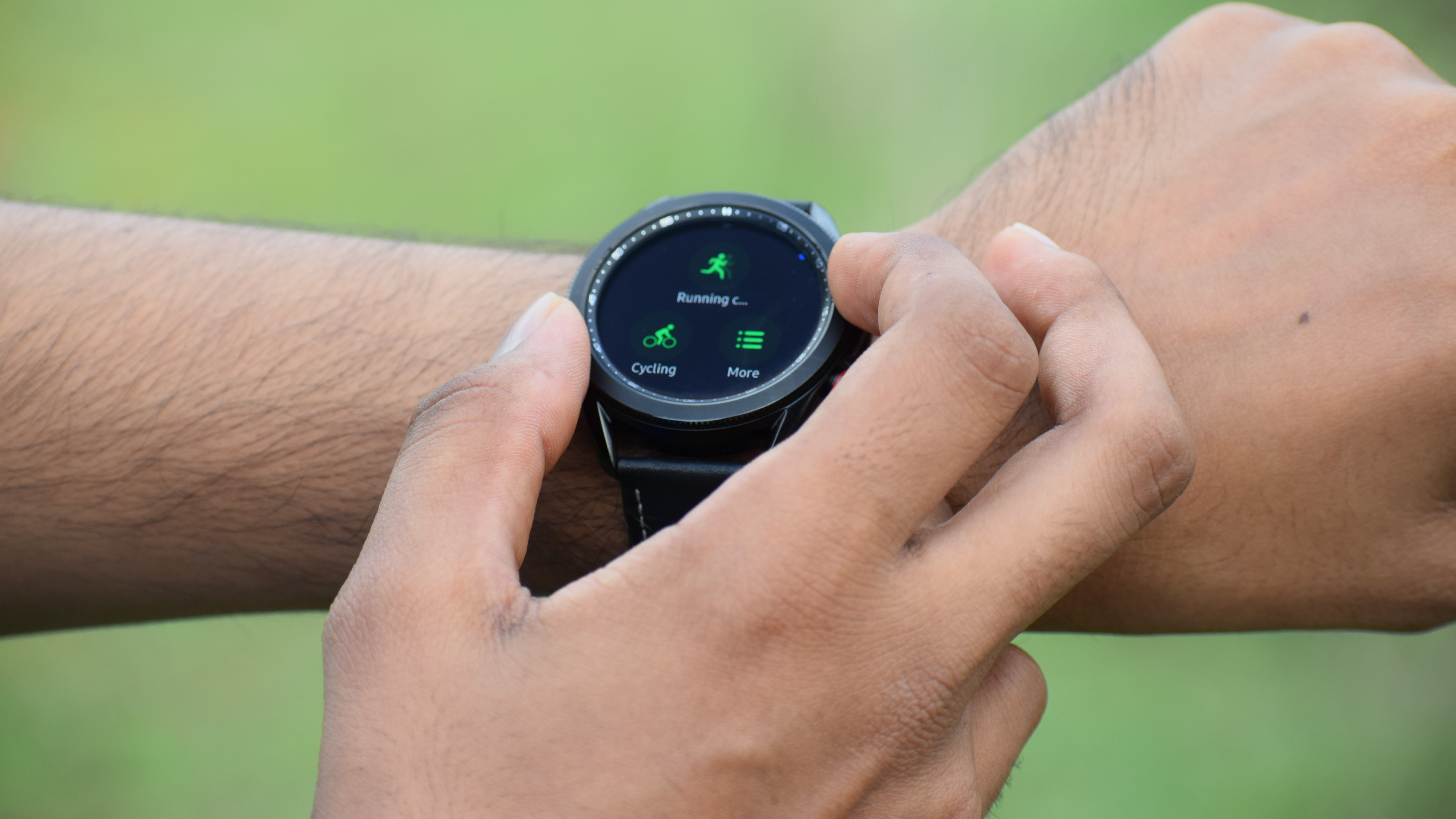
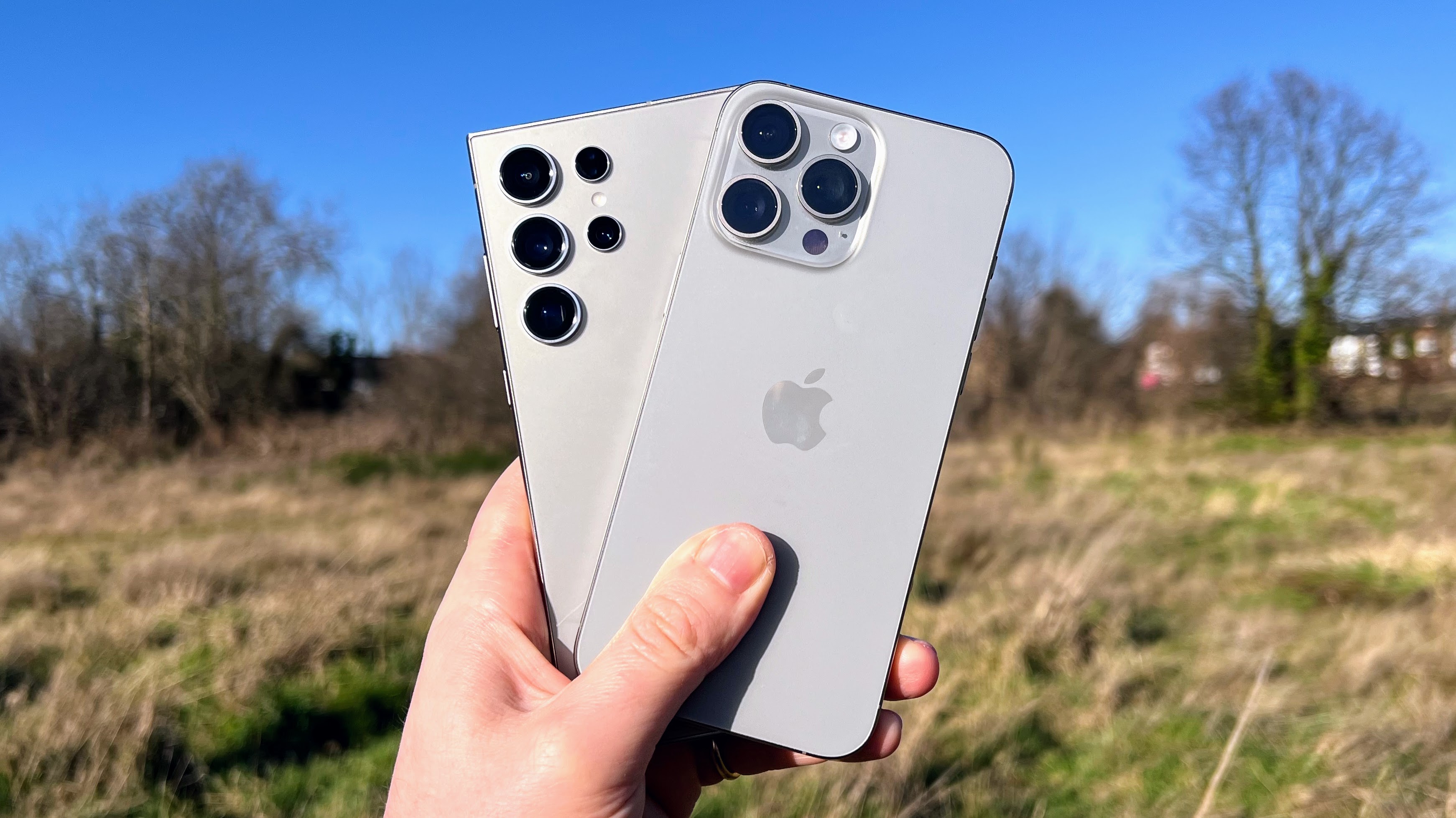

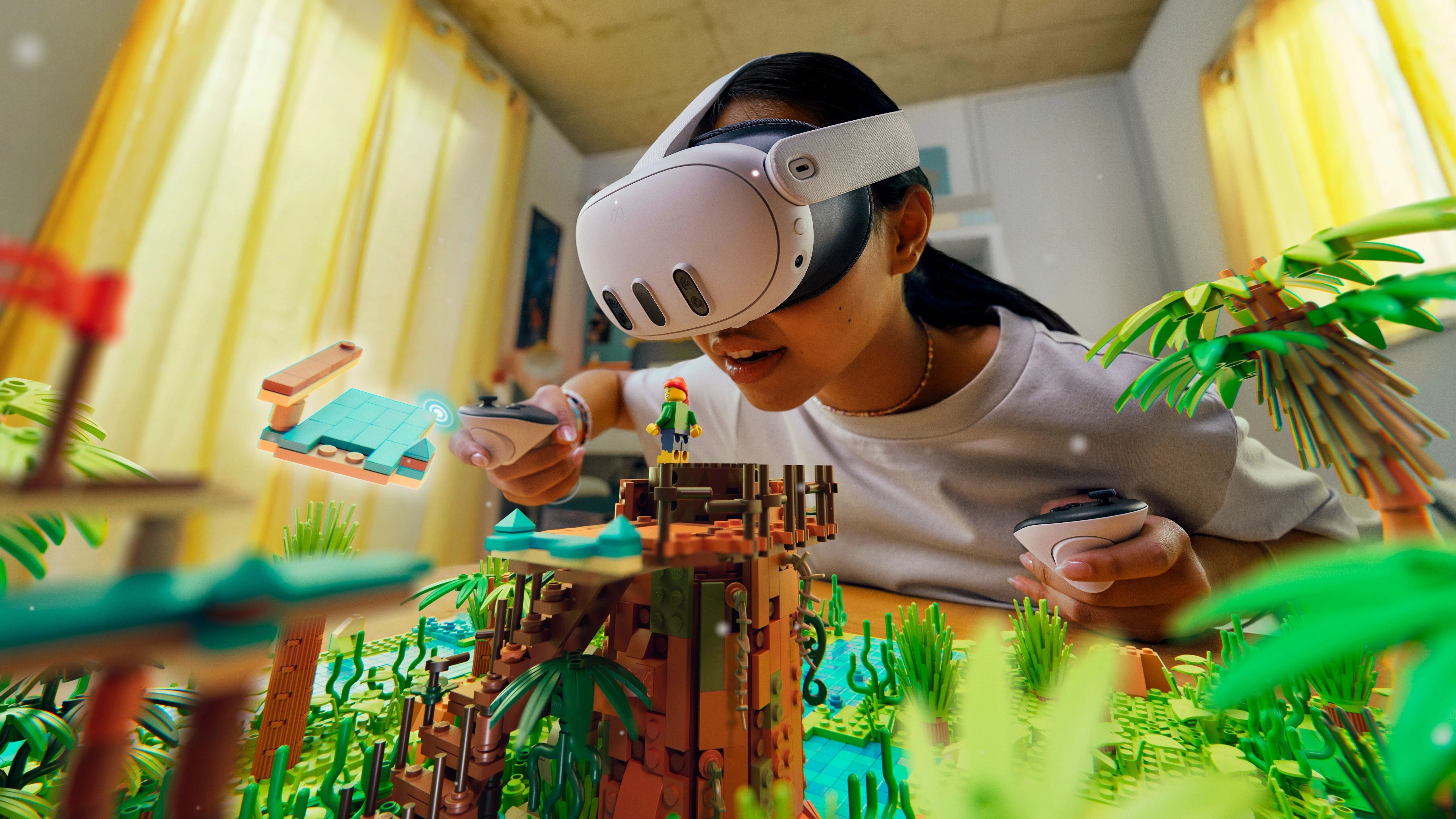




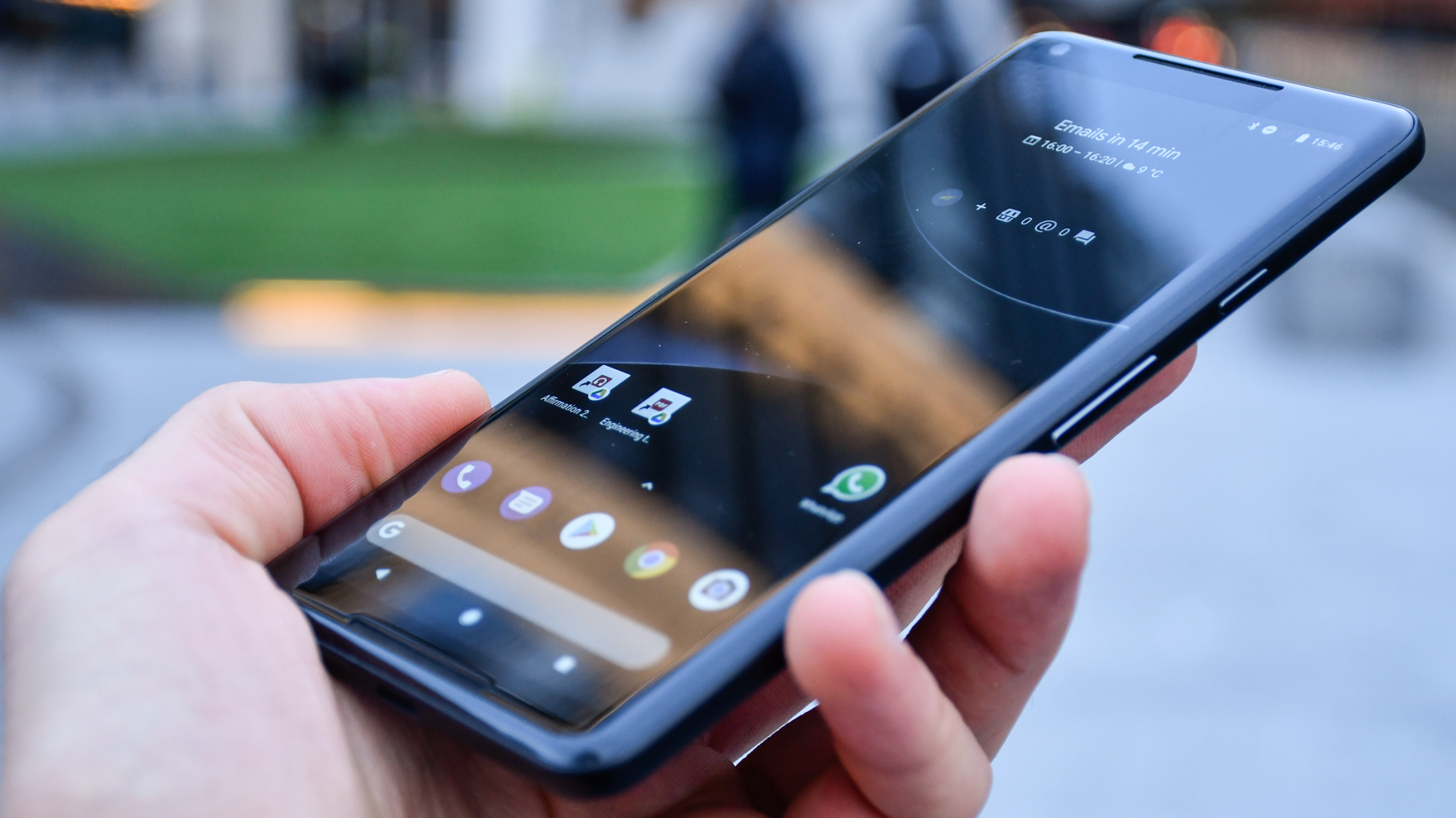
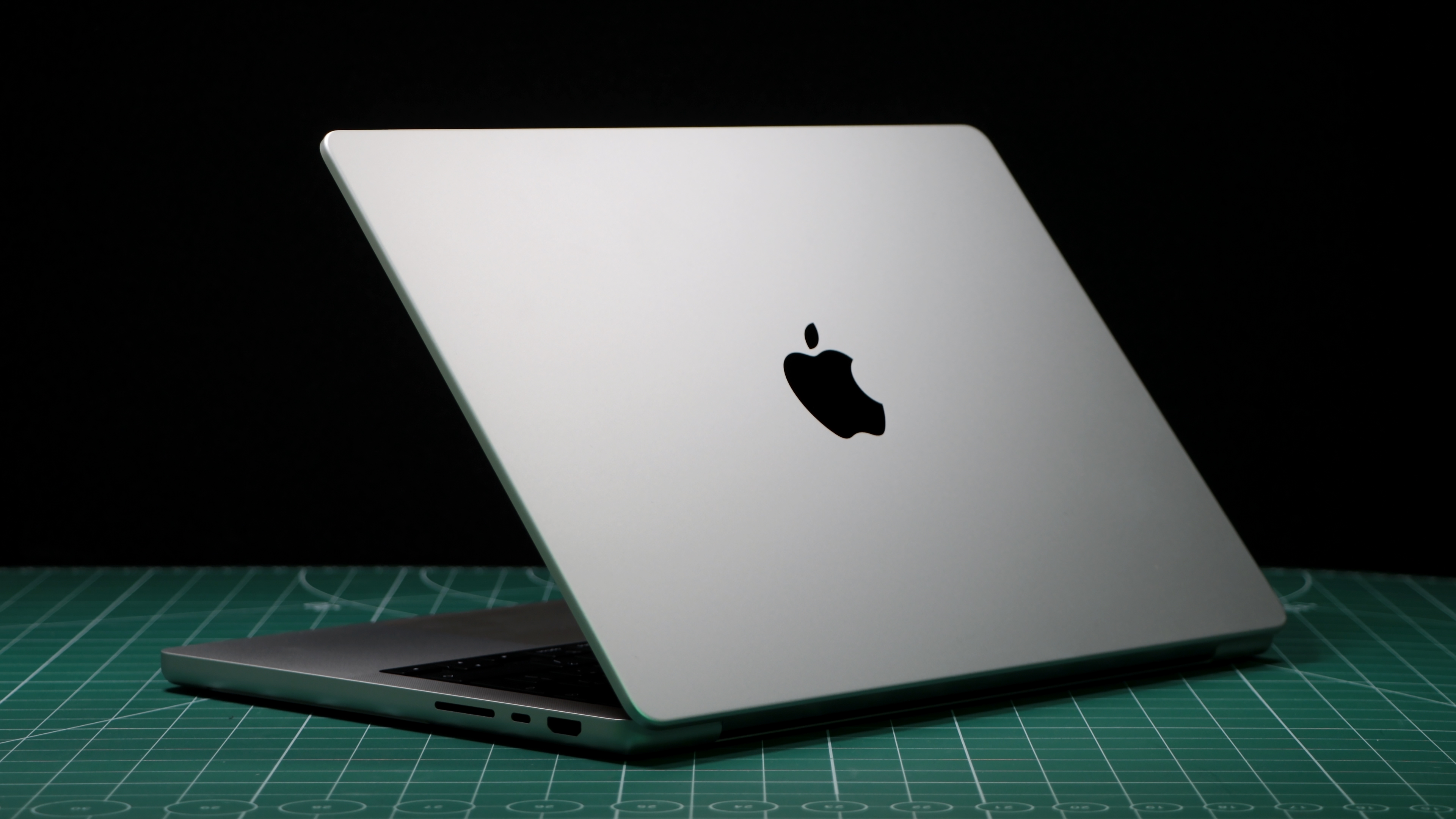
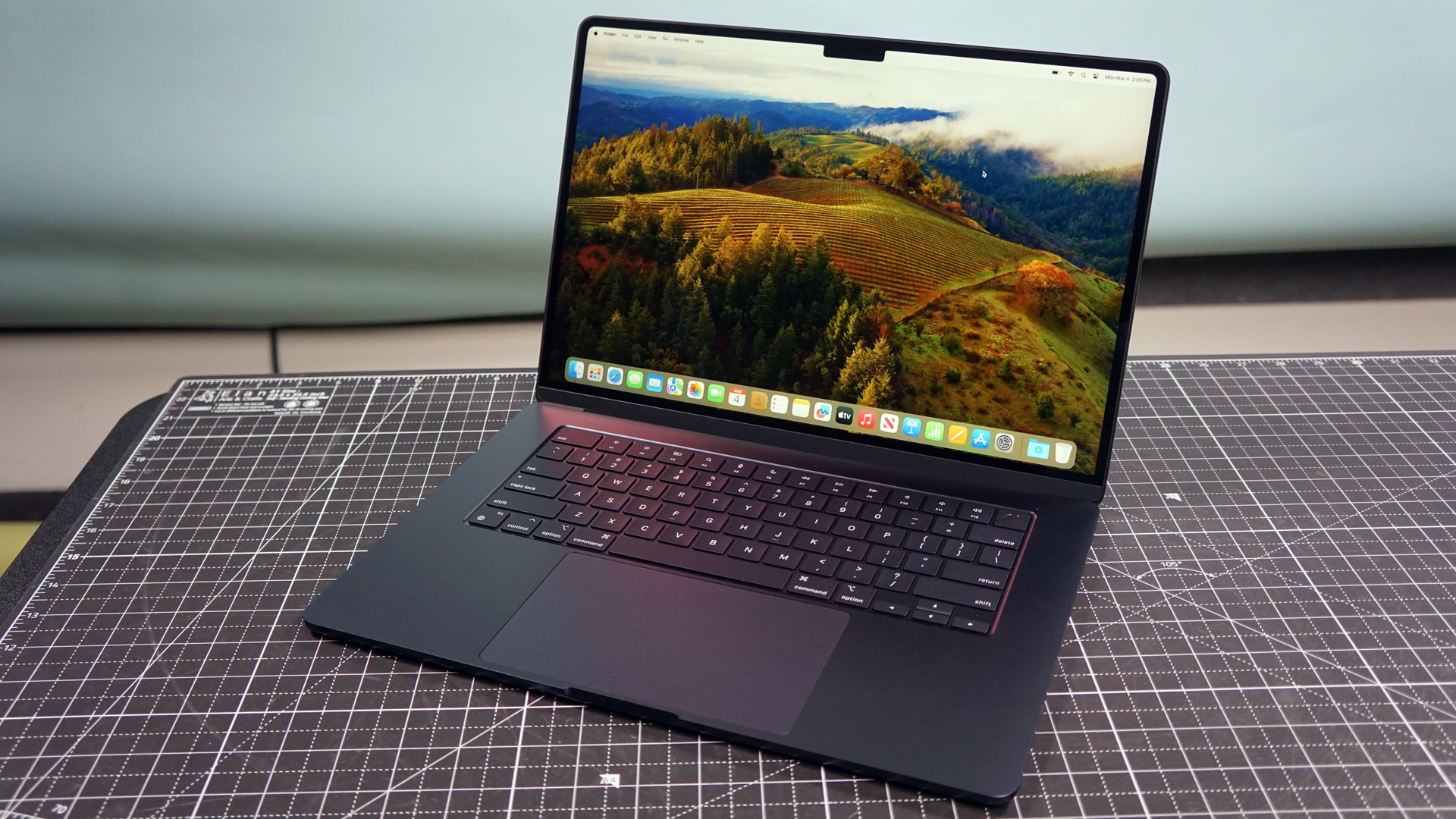
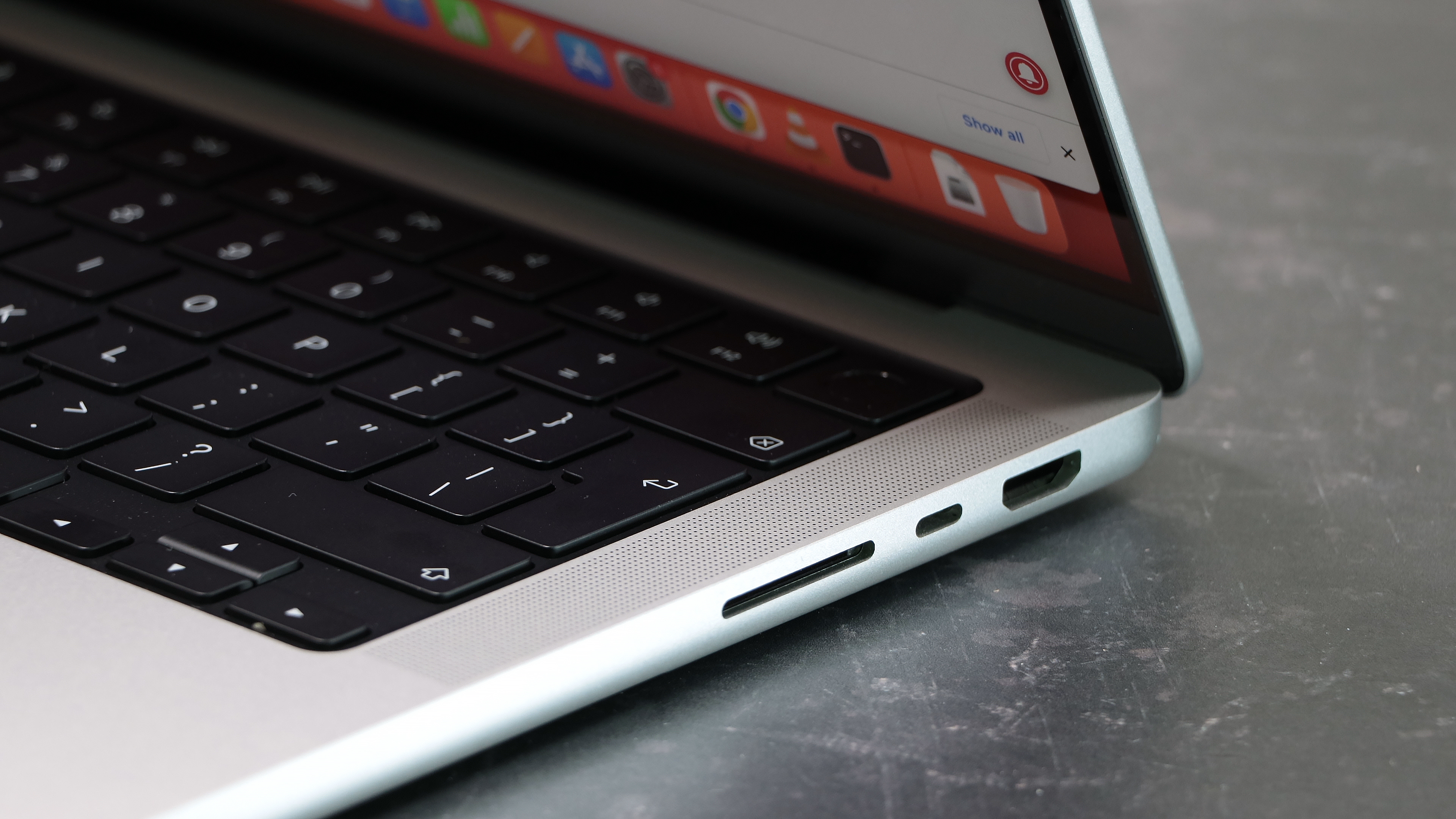
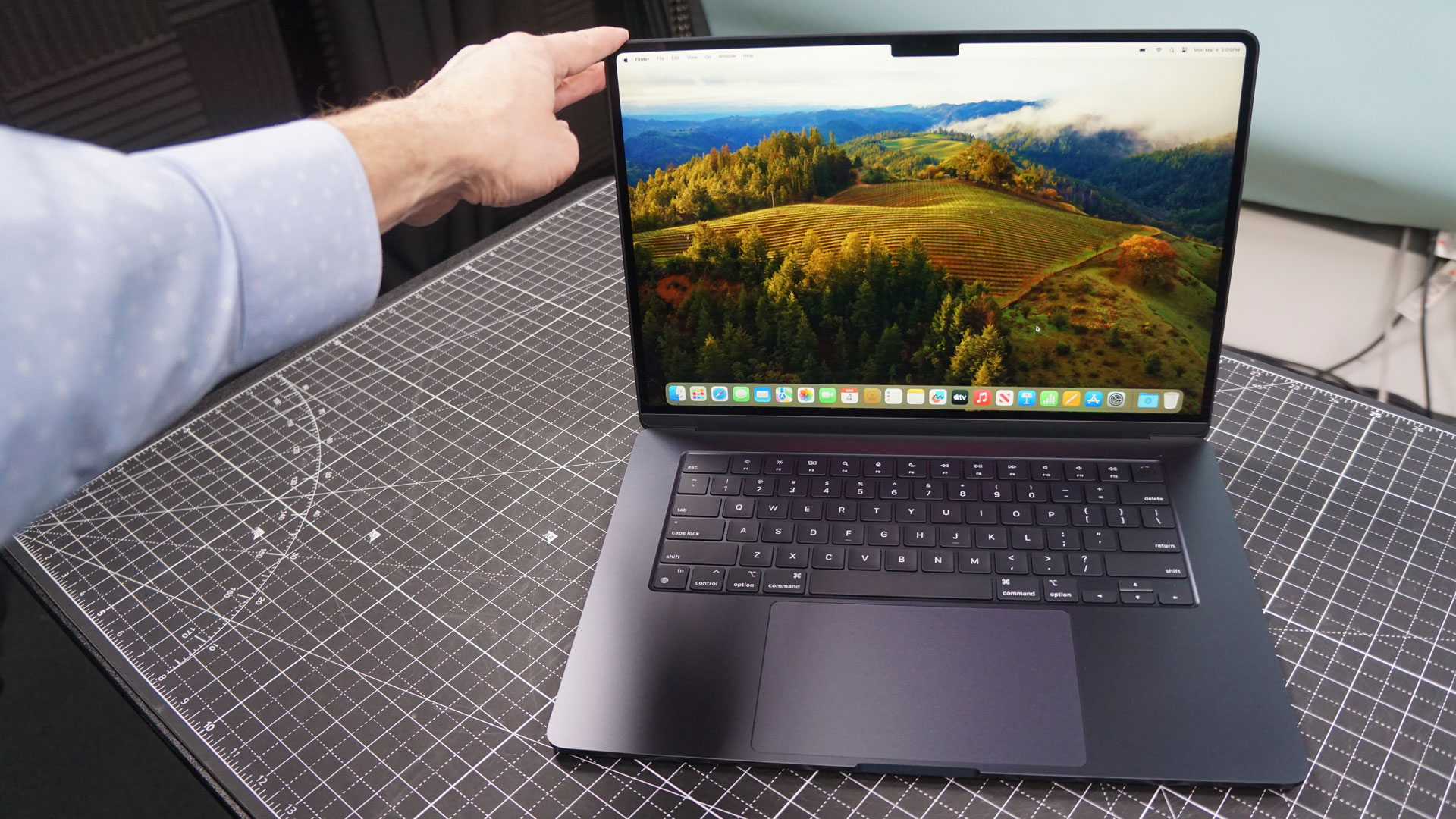

0 coment�rios: